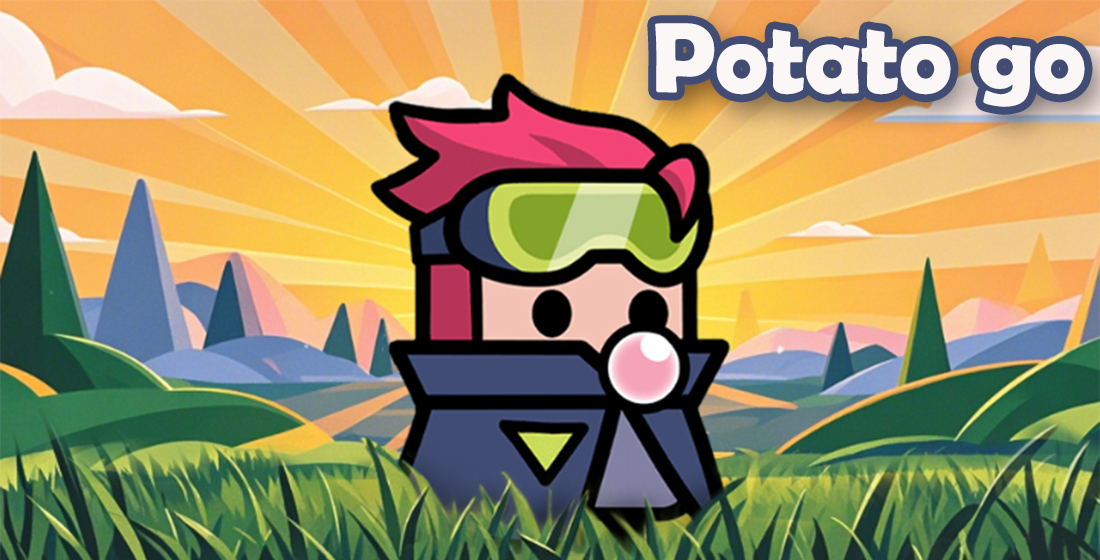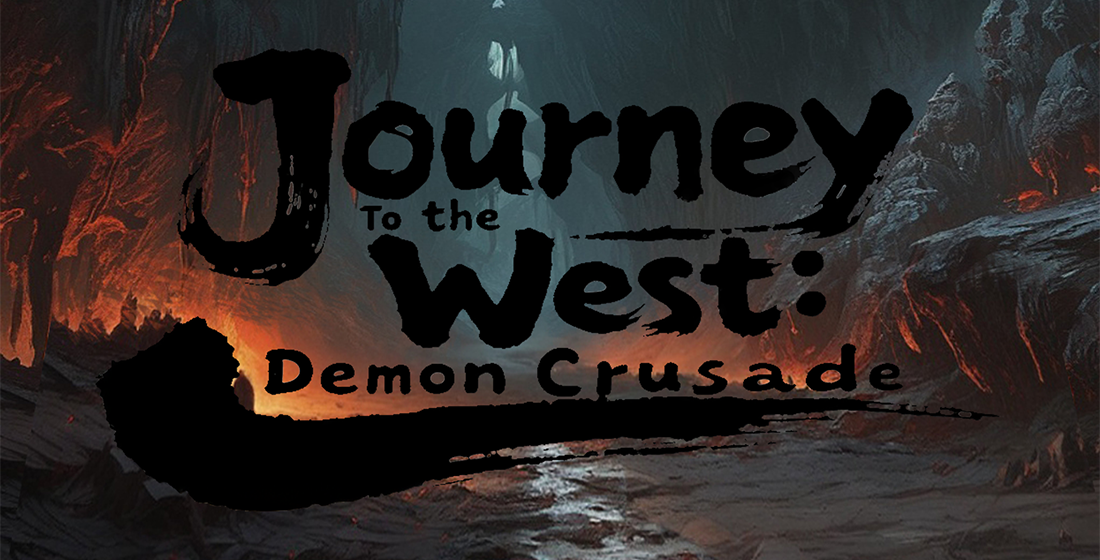Why City Building Simulation Games Are Revolutionizing Urban Planning and Design
In recent years, simulation games have gained immense popularity, captivating players with their engaging gameplay and intricate details. Among these, city building games particularly stand out, not just for entertainment but also for their potential impact on real-world urban planning and design. From Clash of Clans to the lesser-known titles, these games are reshaping how we think about urban environments. Let's dive into how these games are paving the way for modern city planning.
The Evolution of City Building Simulation Games
City building simulation games have come a long way since their inception. What started as simple pixelated graphics has transformed into breathtaking levels of detail with intricate mechanics. Whether you play the best Android game Clash of Clans or other major titles, players often find themselves immersed in creating a thriving metropolis. Here's a quick look at the evolution:
| Year | Game Title | Key Features |
|---|---|---|
| 1989 | SimCity | Introduction of zoning and resource management. |
| 2007 | Cities: Skylines | Advanced traffic simulation, zoning and mod support. |
| 2012 | Clash of Clans | Strategy-based city building with social elements. |
| 2020 | Anno 1800 | Historical context, complex economic systems. |
How Simulation Games Impact Urban Planning
These games provide a digital sandbox for players to experiment with various urban planning concepts. The mechanics teach strategies related to zoning, resource allocation, and sustainable development. Players are encouraged to think critically about the layout of their cities, how to balance industry and residential areas, and the importance of public services.
Creativity Meets Strategy
One of the most exciting aspects of these games is how they blend creativity and strategic thinking. Players don’t just build; they innovate. This fusion has profound implications for aspiring urban planners and designers who can learn these skills in an interactive way.
- Design Thinking: Players create functional layouts that reflect real-life challenges.
- Resource Management: Balancing budgets, energy, and workers is crucial.
- Crisis Management: Handling disasters and urban sprawl teaches problem-solving.
The Educational Value of City Building Games
Educational institutions are noticing the pedagogical potential of these games. Integrating them into the learning curriculum could provide students with hands-on experience in urban planning. They offer a playful yet serious approach to grasping complex concepts.
This innovative style of learning encourages collaborative discussions among students, much like in the real world where teamwork is essential in urban planning. The games allow students to simulate scenarios, facilitating deeper understanding. Key Points:
- Visual learning through immersive environments.
- Policy simulation and foresight in urban architecture.
- Enhanced critical thinking skills and community engagement.
Role of Technology in Enhancing Realism
With advances in technology, city building simulation games utilize high-definition graphics and artificial intelligence to create realistic environments. How might AI influence urban planning? It could lead to predictive modeling where planners can visualize the future demands on infrastructure based on population growth.
The Future of City Building Simulation Games
As technology continues to evolve, so too will the city building simulation games. Developers are now turning towards virtual reality and augmented reality to make experiences even more immersive.
They challenge users to solve real-life urban challenges and prepare them for future careers in city planning. The blending of education and entertainment may lead to a new generation of urban planners ready to tackle emerging global challenges.
Conclusion
The impact of city building simulation games on urban planning is profound. These games are not just a recreational activity; they are a tool for learning and innovating. By simulating various urban environments and challenges, players can understand and appreciate the nuances of city planning. As such, they are revolutionizing the field, providing a space for creativity and critical thinking that extends beyond virtual walls. So, next time you engage in a game like Clash of Clans, know that you’re not just playing; you might just be shaping future cities. Embrace the power of these games—they are more than just pixels; they are the blueprints of tomorrow’s urban landscapes!



